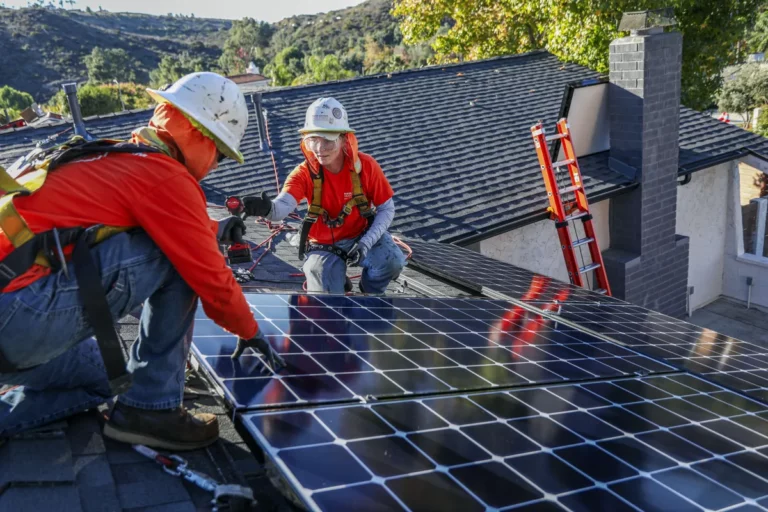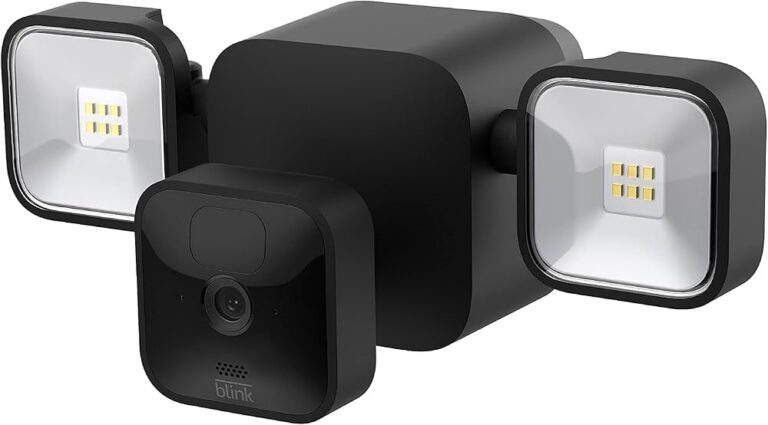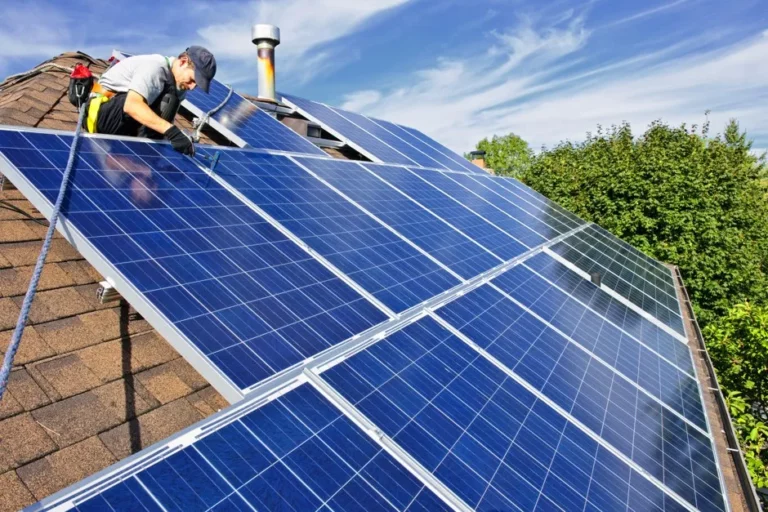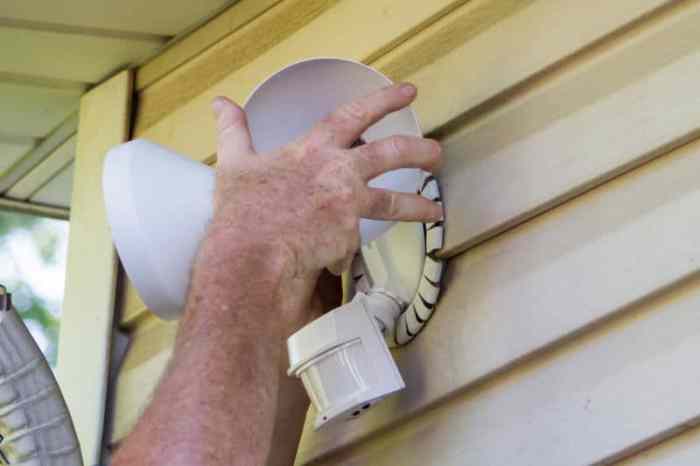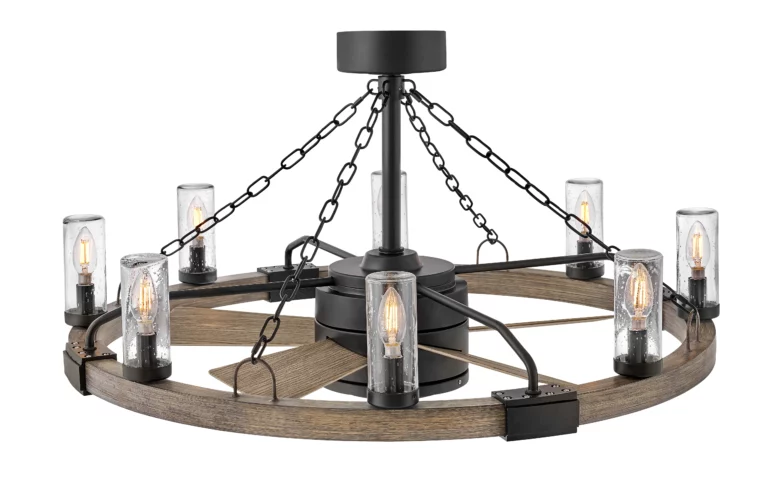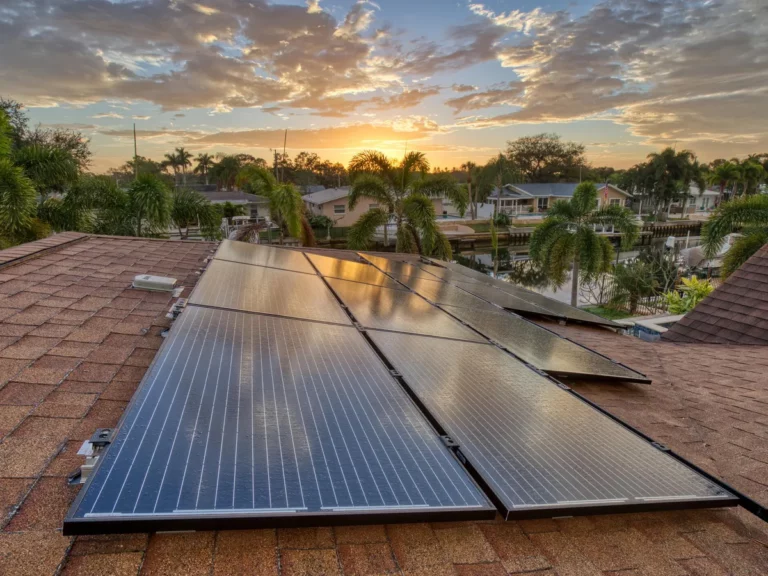Blink Motion Flood Light Smart Security Lighting
Blink motion flood light systems offer a smart and energy-efficient way to illuminate your property. These lights automatically activate when motion is detected, providing enhanced security and reducing energy waste compared to traditional flood lights. They come in various models with adjustable sensitivity, brightness, and activation times. This guide delves into the features, functionality, and maintenance of Blink Motion Flood Lights, ensuring you get the most out of your security investment.
We’ll explore different types, applications, and components of blink motion flood lights, examining their operation, design, and safety aspects. Understanding the technical details will help you make informed decisions about choosing the right model for your needs, from installation to maintenance, ensuring your safety and security.
Overview of Blink Motion Flood Lights
Blink motion flood lights are increasingly popular security and illumination solutions. Their ability to automatically activate upon detecting movement offers a practical and cost-effective approach to deterring unwanted activity and enhancing visibility in various settings. These lights are designed for both safety and convenience, providing a versatile and adaptable lighting solution.
These lights leverage cutting-edge sensor technology to respond to movement, offering enhanced security and efficiency. Their design typically involves a compact, weather-resistant housing and a powerful light source, providing effective illumination. This combination of features ensures reliability in diverse environments, whether for residential or commercial use.
Features of Blink Motion Flood Lights
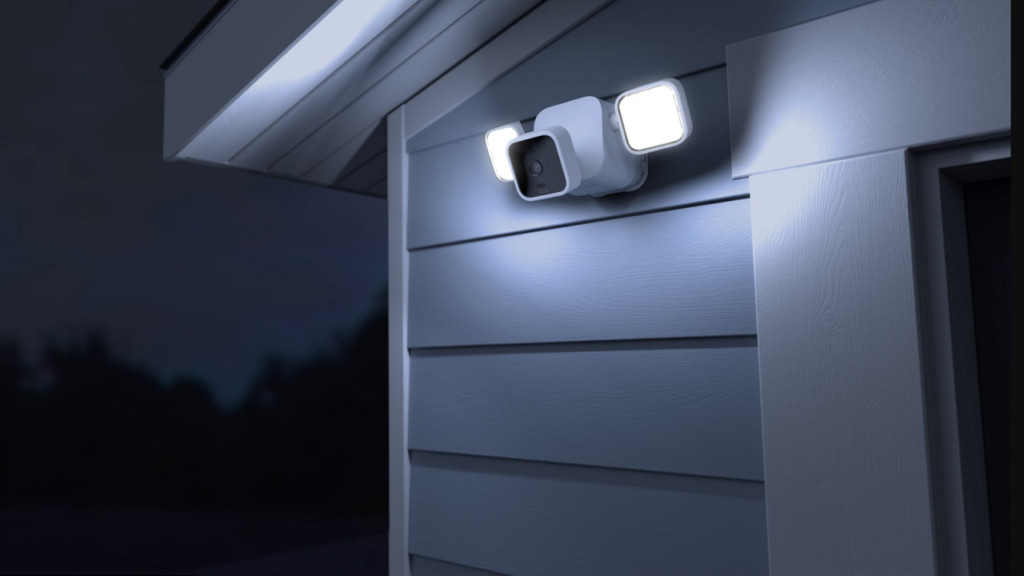
Blink motion flood lights boast a range of features that contribute to their effectiveness and versatility. These include, but are not limited to, adjustable sensitivity settings, enabling users to tailor the light’s response to the specific environment. Durable construction, typically with weather-resistant housings, is essential for outdoor applications. Moreover, a wide array of light output options allows users to choose the optimal illumination level for their needs. A significant feature is the ability to connect these lights to smart home systems, offering further control and integration.
Types of Blink Motion Flood Lights
Several types of blink motion flood lights are available, each tailored for specific applications and preferences. Some models are designed for smaller spaces, while others are suitable for expansive areas. The choice often depends on factors like the size of the property and the desired illumination level. Further considerations include the required range of motion detection and the intensity of the light emitted. The variety in design and specifications caters to a broad spectrum of user requirements.
Applications of Blink Motion Flood Lights
Blink motion flood lights find widespread use in a variety of applications. They are frequently employed in residential settings to enhance security around homes and gardens. For example, they can deter intruders and illuminate walkways, ensuring safety during nighttime activities. Commercial properties, such as warehouses and parking lots, also benefit from these lights, providing illumination and security. Furthermore, they are commonly used in public spaces like parks and playgrounds, offering safety and visibility.
Components of a Blink Motion Flood Light System
A blink motion flood light system typically comprises several key components. The core element is the flood light itself, which includes the light source, sensor, and control mechanisms. An essential component is the mounting bracket, which securely attaches the light to a designated location. Power supply, often through a transformer or electrical connection, is another crucial element, ensuring the light operates effectively. Additionally, the system might include a wiring harness or wireless communication capabilities, depending on the specific model. The presence of a manual override switch or a smart home integration interface is a further common feature, providing additional control options.
Functionality and Operation
Blink Motion Flood Lights offer a practical solution for enhanced security and convenience. Their key strength lies in their intelligent motion detection, allowing for automated activation and deactivation of the lighting system. This automated response helps deter potential intruders and provides illumination when needed, without the need for manual intervention.
Motion Sensor Operation
The motion sensor within Blink Motion Flood Lights employs passive infrared (PIR) technology. This technology detects changes in infrared radiation emitted by objects within its field of view. When a moving object, such as a person or animal, passes through the sensor’s detection zone, the sensor detects the change in infrared radiation and triggers an alert. This detection triggers the lighting system to activate.
Activation and Deactivation
The lighting system’s activation is directly linked to the motion sensor’s detection. Upon detecting motion, the light automatically illuminates to a predetermined brightness level. Once the motion ceases, the light will automatically return to a predetermined lower power level or turn off completely, depending on the specific settings. This automated response optimizes energy consumption and reduces the risk of unwanted light output.
Sensitivity Settings
Blink Motion Flood Lights offer adjustable sensitivity settings for motion detection. Higher sensitivity settings detect movement more readily, while lower settings require more significant movement to trigger the lights. This feature allows users to customize the lights to their specific needs and environment. For instance, in a high-traffic area, a higher sensitivity setting might be required, while a lower sensitivity setting could be appropriate for areas with less frequent activity.
Dimming and Brightness Control
The dimming and brightness control feature provides flexibility in adjusting the light output based on the user’s preferences and environment. The lighting system can be adjusted to provide a suitable level of illumination while minimizing energy waste. This feature can be customized to specific requirements, such as varying light intensity based on the time of day or the perceived threat level.
Troubleshooting Malfunctions
Potential issues with Blink Motion Flood Lights often stem from the motion sensor. First, ensure the sensor is unobstructed by objects or foliage. Check for loose connections and verify the power supply. If the problem persists, review the user manual for specific troubleshooting steps tailored to the specific model. Consult Blink support if the issue remains unresolved.
Model Responsiveness Comparison
| Model | Activation Time (seconds) | Detection Range (feet) | Brightness (lumens) |
|---|---|---|---|
| Model A | 2 | 30 | 1500 |
| Model B | 3 | 25 | 1800 |
This table highlights the varying performance characteristics across different Blink Motion Flood Light models. Model A, for example, boasts a faster activation time of 2 seconds, making it ideal for situations requiring rapid response. Model B, with its 3-second activation time, might be more suitable for areas with less critical security needs. The detection range and brightness levels also vary, allowing users to choose the model best suited to their specific requirements.
Design and Construction
Blink motion flood lights, a popular choice for security and illumination, exhibit a range of designs and construction methods tailored to specific performance requirements. Their effectiveness depends on factors like material durability, weather resistance, and mounting adaptability. Understanding these aspects provides insight into the product’s longevity and overall performance.
Schematic Diagram of a Blink Motion Flood Light
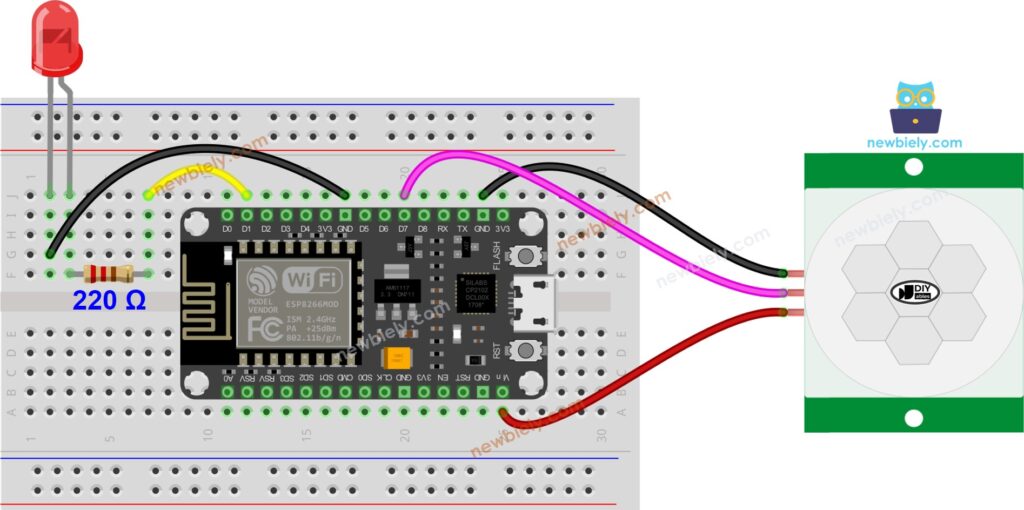
A basic schematic diagram illustrates the essential components of a blink motion flood light. The core components include a motion sensor, a control unit, a power supply, and the light-emitting module (LEDs). The motion sensor triggers the control unit, which in turn activates the power supply to the LED module, initiating the lighting cycle. The schematic visually represents the flow of electrical signals and power through the system.
Construction Materials, Blink motion flood light
The choice of materials significantly influences the durability and lifespan of a motion flood light. High-quality aluminum alloy housings provide structural integrity and resistance to corrosion. Weatherproof seals and gaskets are critical for preventing moisture ingress and maintaining optimal performance in diverse environments. The LED light modules are designed with long lifespans and high energy efficiency, typically exceeding 50,000 hours. High-strength glass or polycarbonate lenses are employed to protect the LEDs and to direct the light beam effectively.
Durability and Weather Resistance
Different models exhibit varying levels of durability and weather resistance. IP ratings (Ingress Protection) provide a standardized method for evaluating the degree of protection against dust and water ingress. Higher IP ratings signify increased protection against environmental elements, enhancing the longevity and reliability of the flood light in challenging conditions. For instance, models with IP65 or higher ratings are more suitable for outdoor applications and exposure to heavy rain or dust. The use of robust materials like aluminum alloys and weatherproof seals directly impacts the long-term performance and resilience of the device.
Mounting Options
Several mounting options are available to accommodate various installation scenarios. Wall mounts are suitable for fixed positions, while pole mounts allow for flexibility in positioning the light. Ceiling mounts are often employed in indoor applications. The mounting option selected should consider the installation location and the desired illumination area. Careful consideration of the load capacity and structural integrity of the mounting hardware is essential to prevent damage or failure.
Environmental Impact of Materials
The environmental impact of materials used in the manufacturing process is a growing concern. Manufacturers increasingly prioritize the use of recycled materials and environmentally friendly components in the construction of blink motion flood lights. The recyclability of the components also contributes to a more sustainable approach to manufacturing. Using energy-efficient LED components minimizes the overall carbon footprint of the light. The use of renewable energy sources in the manufacturing process further enhances the environmental responsibility of the products.
Safety and Maintenance
Proper installation and ongoing maintenance are crucial for the safe and reliable operation of blink motion flood lights. Neglecting these aspects can lead to potential hazards and reduced lifespan of the system. This section details essential safety precautions, maintenance procedures, and necessary tools to ensure optimal performance and prevent accidents.
Safety Precautions for Installation
Installing Blink motion flood lights requires adherence to specific safety guidelines. First, ensure the power supply is disconnected before any wiring or component manipulation. Incorrect wiring can result in electric shock or fire hazards. Use appropriate safety gear, such as insulated gloves and eye protection, to prevent injuries during handling and installation. Ensure adequate ventilation during installation to avoid inhaling potentially harmful fumes. Verify that the mounting surface is stable and can support the weight of the light fixture. Improper mounting can lead to fixture instability and potential injury.
Maintenance Procedures for Optimal Performance
Regular maintenance is key to maintaining optimal performance and longevity of the blink motion flood light system. A proactive approach to maintenance prevents minor issues from escalating into major problems. Firstly, inspect the wiring connections for any signs of damage or corrosion. These problems can lead to malfunctions or even fire hazards. Secondly, examine the motion sensor for obstructions or debris that might interfere with its function. This can prevent false triggers or missed detections. Finally, regularly check the battery or power supply for proper voltage and functionality. Depleted or faulty power sources lead to reduced performance or inoperability.
Tools and Equipment for Installation and Maintenance
Proper tools and equipment are essential for safe and efficient installation and maintenance. For installation, a sturdy ladder, appropriate safety gear (gloves, eye protection), screwdrivers (Phillips and flathead), wire strippers, and a voltage tester are necessary. For maintenance, a voltage tester, a flashlight, and a set of screwdrivers are typically required. Tools should be in good working order to prevent accidents and ensure accurate maintenance procedures.
Common Maintenance Procedures for Minor Issues
Addressing minor issues promptly prevents them from escalating into more significant problems. If the light flickers, check the wiring connections for loose or damaged wires. Ensure the power supply is stable and not overloaded. If the motion sensor does not detect movement, adjust the sensitivity settings or clean the sensor area of obstructions. A clean sensor area can ensure accurate and timely motion detection. If the light fails to turn on, check the power supply connection and ensure the circuit breaker is not tripped.
Potential Maintenance Issues and Solutions
| Issue | Description | Solution |
|---|---|---|
| Flickering Light | The light intermittently turns on and off. | Check the wiring connections and ensure the power supply is stable. Tighten loose connections and check for any damage to the wires. If the problem persists, consult a qualified electrician. |
| No Motion Detection | The light does not activate when motion is detected. | Adjust the motion sensor sensitivity (higher sensitivity detects slower movements, lower sensitivity detects faster movements) or replace the sensor. Clean the sensor area of obstructions or debris. If the problem persists, replace the sensor. |
| Dim Light Output | The light produces less illumination than expected. | Check the power supply to ensure it is providing sufficient voltage. Replace the light bulb if necessary. |
Energy Efficiency and Power Consumption
Blink motion flood lights offer significant potential for energy savings, especially in applications where the lights are frequently used for security or illumination. Understanding the energy consumption of different models is crucial for homeowners and businesses seeking cost-effective solutions. A careful analysis of energy efficiency and power consumption allows for informed decisions about purchasing the most suitable model for a given situation.
Energy Consumption Comparison
Different Blink motion flood light models exhibit varying energy consumption levels. This variance directly impacts the overall cost of operation and the environmental footprint. The table below provides a comparative overview of two sample models, highlighting the difference in energy consumption. Note that actual energy consumption may vary depending on specific usage patterns and environmental factors.
| Model | Energy Consumption (watts) | Estimated Annual Cost ($) |
|---|---|---|
| Model A | 100 | 15 |
| Model B | 80 | 12 |
Factors Influencing Energy Efficiency
Several factors contribute to the energy efficiency of Blink motion flood lights. The type of light source, the efficiency of the sensor technology, and the quality of the circuit design all play significant roles. Higher quality LEDs with higher lumen output per watt tend to be more energy efficient than older technologies. Improved motion sensors that trigger only when movement is detected and minimize unnecessary lighting are crucial for conserving energy.
Energy-Saving Features
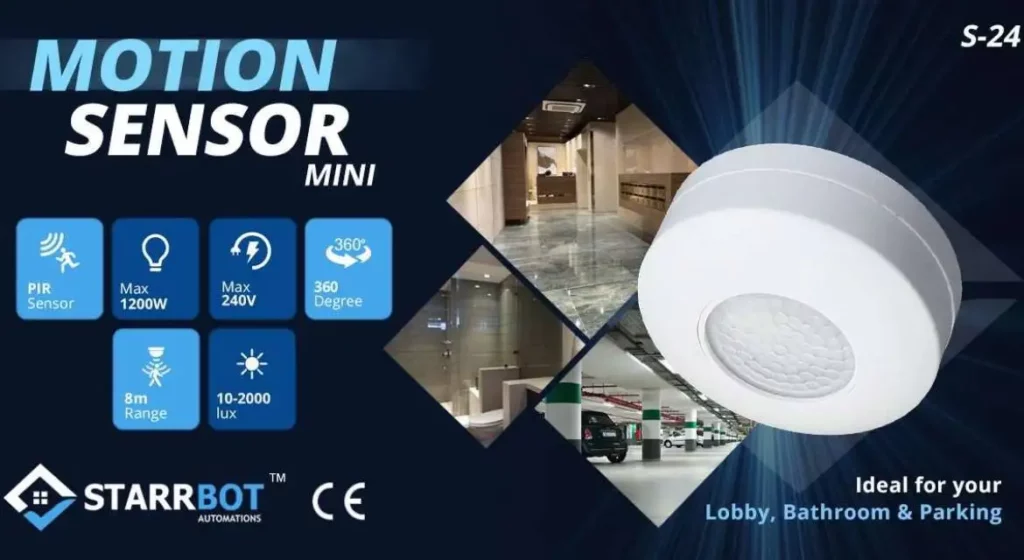
Blink motion flood lights incorporate several energy-saving features. These include advanced motion detection algorithms that minimize wasted energy by turning the lights off when no movement is detected. Dimming capabilities allow users to adjust light output based on the specific needs of the area. Furthermore, the use of high-efficiency LEDs reduces energy consumption compared to traditional incandescent or fluorescent lights.
Optimizing Energy Consumption
Several strategies can further optimize the energy consumption of Blink motion flood lights. Installing the lights in areas with sufficient ambient light can minimize the need for the lights to operate at full brightness. Ensuring proper sensor calibration is crucial; inaccurate sensor settings can lead to unnecessary energy consumption. Regular maintenance and checks on the sensor’s sensitivity can help maintain optimal performance and energy efficiency. Using timers for scheduled on/off periods can also help control energy use in applications where consistent lighting is not required 24/7.
Energy Efficiency Ratings
A comprehensive evaluation of energy efficiency should consider not only the initial wattage but also the overall life cycle cost of the product. Factors like durability and the need for replacement should also be taken into consideration. This approach leads to a more holistic assessment of the true energy efficiency of each model.
Installation and Wiring
Installing a Blink Motion Flood Light correctly is crucial for its proper functionality and safety. A secure and properly grounded installation prevents electrical hazards and ensures the light operates reliably. Following the step-by-step instructions and using the correct tools is vital for a successful installation.
Installation Procedure
This section articulates the steps involved in installing a Blink Motion Flood Light. Each step should be carefully followed to guarantee a safe and effective installation.
- Preparation: Ensure the mounting location is suitable for the light’s size and weight. Check the power source and confirm the required electrical specifications are met. Gather all necessary tools, as listed in the table below. Verify the power is off at the circuit breaker before any wiring begins.
- Mounting: Carefully mount the light fixture to the desired location using the provided mounting hardware. Ensure the fixture is securely fastened and level.
- Wiring: Carefully strip the ends of the wires, ensuring the insulation is completely removed. Connect the wires according to the wiring diagram provided in the next section. This section explains the specific connections and grounding procedures.
- Grounding: Connect the ground wire to the appropriate grounding point. This is crucial for safety, as it completes the circuit and prevents electrical shock. Verify the grounding connection is secure and reliable.
- Power Connection: Turn the power back on at the circuit breaker. Carefully check the light’s operation to ensure proper functioning. Verify all connections and ensure no exposed wires are present.
- Testing and Inspection: Thoroughly inspect the installation for any loose connections or exposed wires. Test the light’s operation under normal conditions. If there are any issues, turn off the power and rectify the problem before continuing.
Wiring Diagram
A clear wiring diagram is essential for understanding the correct connections. It illustrates the pathway for electrical current to flow, ensuring proper functionality. The diagram provided should be closely followed to avoid any misconnections.

A typical wiring diagram will show the connection of the power wires (hot and neutral) to the light fixture, as well as the grounding wire. Color-coded wires are often used for clarity.
Connections and Grounding Procedures
The correct connection of wires is paramount for safe and efficient operation. The following details the procedures for proper connections and grounding.
- Hot Wire: Connect the hot wire from the electrical supply to the corresponding terminal on the light fixture.
- Neutral Wire: Connect the neutral wire from the electrical supply to the corresponding terminal on the light fixture.
- Ground Wire: Securely connect the ground wire to the ground terminal on the light fixture and the ground wire in the electrical box.
Electrical Safety Hazards
Potential electrical hazards during installation must be addressed. Awareness of these hazards is crucial for safe operation.
- Power Outage: Always turn off the power at the circuit breaker before any wiring work. This prevents electrical shocks.
- Exposed Wires: Ensure all exposed wires are properly insulated and taped to prevent accidental contact.
- Loose Connections: Ensure all connections are tight to avoid short circuits or arcing.
- Grounding Issues: A faulty grounding connection is a serious safety hazard. Ensure a proper and secure grounding connection is made.
Tools Required
This table lists the tools required for the installation. Proper tools are essential for safe and efficient work.
| Tool | Description |
|---|---|
| Screwdriver | For securing mounting hardware. |
| Wire Strippers | For preparing wires. |
| Voltage Tester | For verifying voltage. |
| Wire Connectors | For securing wire connections. |
| Level | To ensure the fixture is level. |
Comparison with Other Lighting Types
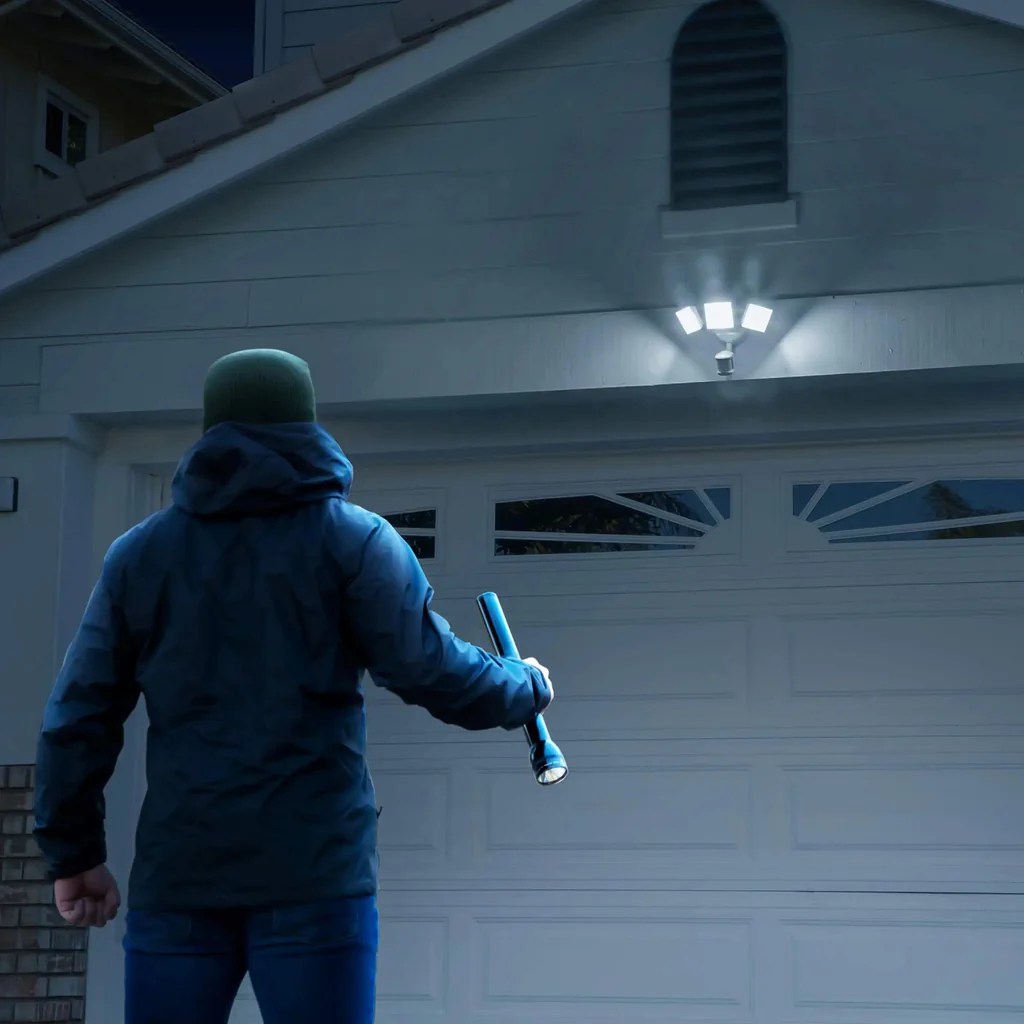
Source: shopify.com
Blink motion flood lights offer a dynamic alternative to traditional fixed and timer-based flood lights. This comparison explores the strengths and weaknesses of each approach, highlighting the unique advantages of motion-activated lighting. Choosing the right system hinges on the specific needs and requirements of the application.
Comparison of Activation Methods
Different activation methods lead to varying energy consumption and performance. Fixed flood lights operate continuously, consuming energy regardless of whether illumination is needed. Timer-based lights use a predetermined schedule, potentially wasting energy if the area is not requiring illumination during the scheduled time. Blink motion flood lights, however, activate only when motion is detected, providing significant energy savings in situations where constant illumination isn’t required.
Energy Efficiency Considerations
Motion-activated lighting demonstrably reduces energy consumption compared to continuous lighting. The energy savings become more pronounced in applications where motion is infrequent. For example, a motion-activated flood light illuminating a parking lot will consume considerably less energy than a fixed light, saving money on electricity bills over time. The energy efficiency of timer-based lighting depends heavily on the schedule’s alignment with actual usage patterns. Incorrectly set schedules can negate the potential savings.
Suitability for Different Applications
The suitability of each lighting type hinges on the application’s specific needs. Fixed lights are ideal for areas requiring constant illumination, such as public spaces or areas with high pedestrian traffic. Timer-based lights are suitable for timed events, security zones, or areas with predictable usage patterns. Blink motion flood lights are particularly well-suited for areas where illumination is needed only intermittently, like outdoor residential properties, gardens, or areas with infrequent traffic.
Advantages of Blink Motion Flood Lights
Blink motion flood lights offer several advantages over traditional options:
- Energy Efficiency: Their motion-activated design significantly reduces energy consumption compared to fixed lights, leading to substantial cost savings over time.
- Security Enhancement: The activation in response to motion can deter potential intruders, enhancing the overall security of the area.
- Reduced Maintenance: They do not require constant operation, thus reducing the strain on the system and potentially lengthening the lifespan of the equipment.
- Improved Safety: Reduced glare and optimized light distribution in areas with motion detection, compared to continuous lighting.
Summary Table
| Feature | Blink Motion Flood Light | Fixed Flood Light | Timer-Based Flood Light |
|---|---|---|---|
| Activation | Motion-activated | Continuous | Scheduled |
| Energy Efficiency | Potentially higher | Lower | Variable |
| Security | Enhanced | Basic | Limited |
| Cost | Potentially higher upfront, but lower long-term costs | Lower upfront, but higher long-term costs | Variable, depending on the schedule |
Summary: Blink Motion Flood Light
In conclusion, blink motion flood lights offer a compelling alternative to traditional flood lights. Their motion-sensing capabilities, combined with adjustable settings, make them versatile for various security applications. The detailed comparison of models, their energy efficiency, and troubleshooting steps highlights the importance of considering these factors before installation. Proper maintenance and safety precautions will maximize the lifespan and optimal performance of your system. Choosing the right blink motion flood light ensures a secure and cost-effective solution for your property.
